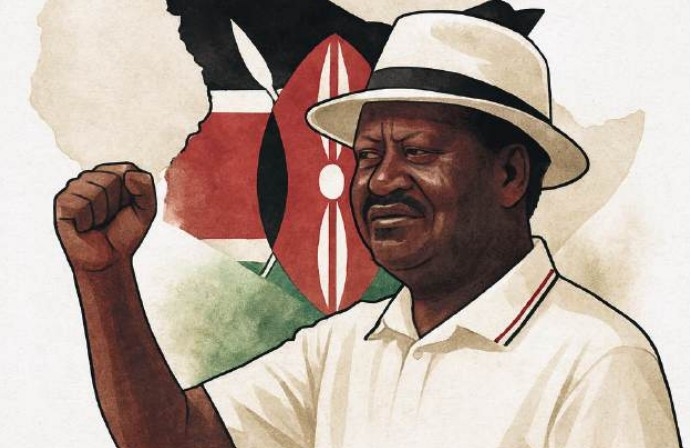
 Kenya is seeking to adopt India’s Unified Payments Interface (UPI) in a move that would revolutionize the country’s digital payments space.
Kenya is seeking to adopt India’s Unified Payments Interface (UPI) in a move that would revolutionize the country’s digital payments space.
Kenya is seeking to adopt India’s Unified Payments Interface (UPI) in a move that would revolutionize the country’s digital payments space.
Officials of National Payments Corporation of
India say discussions are underway with the Central Bank of Kenya to explore
collaboration on how establish the system, which has radically improved
financial inclusion, remittance facilitation and payments efficiency in India.
“We are doing an extensive study and already engaging
the CBK in Kenya in terms of gathering the ecosystem inputs in terms of interoperability,”
they said in New Delhi, adding that they have are rolling out the UPI in Namibia.
The talks revolve around building the platform and the digital infrastructure, after which the
system will be tailor-made based on the country’s financial landscape.
The UPI system powers multiple bank accounts into a single mobile
application of any participating bank, merging several banking features,
seamless fund routing and merchant payments into one hood. With M-Pesa like
features, the UPI enables instant personal and merchant payments, and processes
over 80 per cent of the India’s retail digital payments, registering 18.67
billion transactions worth $293 billion in May 2025.
The platform facilitates payments to merchants
through a QR code, person-to-person payments, website payments, recurring
payments feature phone (USSD) payments and Central Bank Digital currency
support.
Kenya also has its own National Payments
Strategy (2022-2025) which aims to create an inclusive, collaborative, and
efficient payment system.
In this regard, CBK has been working towards
launching a Fast Payment System to enable instant digital payments across all
financial institutions in Kenya but is yet to roll out. The system aims to
create a unified, inclusive, and affordable digital payments ecosystem by
fostering interoperability and real-time transfers between banks, mobile money
platforms, and fintech, a perfect fit for UPI.
The entry of UPI in Kenya would greatly disrupt
the digital payments space, especially for Safaricom’s M-Pesa.
While M-Pesa has emerged as a global leader in
the sector with over 34 million subscribers, ensuring financial inclusion,
convenience and accessibility, the high transaction costs for consumers and
businesses have been a concern.
UPI, on the other hand, allows businesses to
accept payments online with the lowest transaction charges and zero integration
charges.
India is also open to partnering in the
implementation of the stalled “Maisha Namba” kind of initiative through Aadhaar number system.
Aadhaar is a 12-digit
random number issued by the Unique Identification Authority of India to digitize
its citizens records and services.
The system captures any
individual, irrespective of age, as a single source of citizens’ information.
The Aadhaar number is verifiable in an online, cost-effective way and unique and robust enough to eliminate duplicates and fake identities.
It may be used as a basis/primary
identifier to roll out government welfare schemes and programmes for effective
service delivery thereby promoting transparency and good governance. Since
2013, Kenya has made attempts at digitizing its population's records such as
Huduma Namba but each of the attempts have faced headwinds.




![[PHOTOS] Ruto dazzles in colourful maasai outfit](/_next/image?url=https%3A%2F%2Fcdn.radioafrica.digital%2Fimage%2F2025%2F11%2F8ccfbfe5-a43a-49b3-88f4-b99a41be4594.jpeg&w=3840&q=100)











